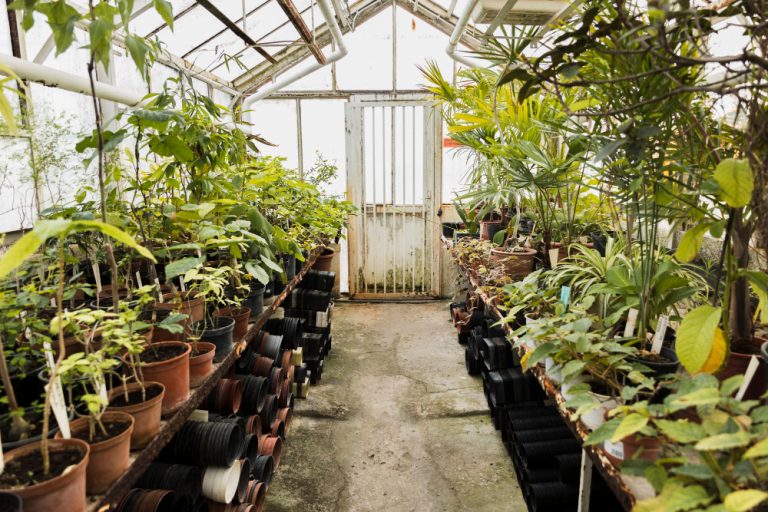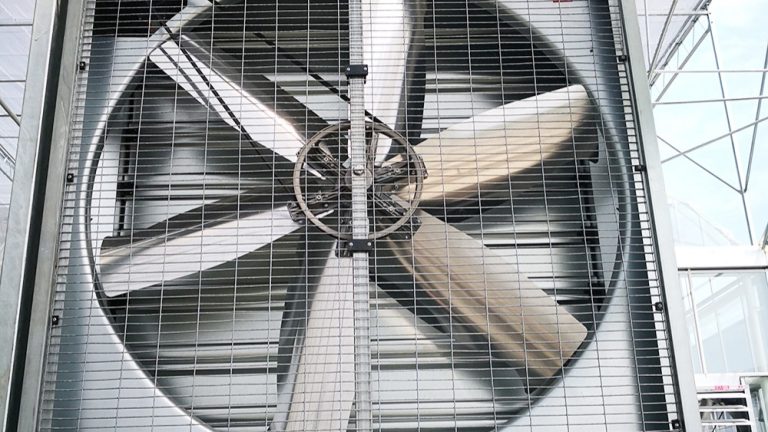
Key Points
Research suggests shade netting protects plants from excessive sunlight and heat,improving growth and productivity.
It seems likely that shade netting conserves water and shields plants from harsh weather and pests.
The evidence leans toward shade netting being versatile for agriculture and outdoor shade,but it has drawbacks like low durability and fire risk.
There is some controversy around maintenance needs and suitability for windy conditions,with opinions varying on effectiveness.
Advantages
Shade netting,often used in gardening and agriculture,offers several benefits.It reduces sunlight intensity,helping prevent plant damage from overheating and maintaining ideal temperature and humidity for growth.This can lead to improved plant health and higher productivity,especially for light-sensitive plants.It also conserves water by limiting evaporation,which is crucial for water-saving efforts.Additionally,shade netting protects plants from harsh weather like heavy rain and wind,and acts as a barrier against pests and birds,potentially reducing pesticide use.Beyond agriculture,it’s useful for providing shade in outdoor areas like patios or playgrounds.
Disadvantages
However,shade netting has notable drawbacks.It can fade,discolor,or rot over time due to sun and water exposure,requiring regular replacement.Most types are not flame retardant,posing a fire risk in dry conditions.It may be unstable in windy areas,needing extra support to avoid damage.Weather like snow and rain can degrade it,necessitating frequent maintenance.Some types,like canvas or woven,may have limited ventilation,and lighter varieties like tape shade cloths typically last only 2-3 years,adding to replacement costs.
Survey Note:Comprehensive Analysis of Shade Netting Benefits and Drawbacks
Shade netting,also referred to as shade cloth or sunshade netting,is a widely utilized material in agriculture,gardening,and outdoor settings to provide protection from excessive sunlight and environmental stressors.This section provides a detailed examination of its advantages and disadvantages,drawing from multiple authoritative sources to ensure a comprehensive understanding.The analysis is structured to cover all aspects identified,including specific types,applications,and considerations for effective use.
Overview and Applications
Shade netting is typically made from materials like high-density polyethylene(HDPE)and is designed to reduce sunlight intensity while allowing controlled light,air,and moisture penetration.It is commonly used in agriculture for crop protection,particularly in regions with intense sunlight,and extends to uses like shading patios,playgrounds,and livestock areas.The material comes in various densities(e.g.,50%-90%),with different colors and structures(woven,knitted)affecting its performance.
Detailed Advantages
The benefits of shade netting are well-documented across multiple sources,highlighting its role in enhancing plant and environmental management:
Protection from Excessive Sunlight and Heat:Shade netting reduces the intensity of sunlight,preventing plant damage from overheating or sunburn.This is crucial for maintaining optimal temperature and humidity levels,as noted in EyouAgro-Top 10 Things About Shade Nets.It helps create a controlled environment,especially beneficial for light-sensitive plants,as discussed in CMAC-Understand Shade Cloth&How Its Colour Impacts Plants’Growth.
Improved Plant Health and Productivity:By providing a balanced light environment,shade netting enhances plant growth and increases productivity.This is supported by Gardening Tips-Shade Net Gardening Advantages,Ideas,which notes its suitability for cultivating flowers,foliage,medicinal plants,vegetables,and spices,as well as for nurseries and forest species.
Shielding from Harsh Weather:Shade netting protects plants from heavy rain,wind,and other severe weather conditions,reducing physical damage.This is highlighted in Shade Netting.net-Applications and Benefits of Shade-Netting,emphasizing its role in adverse weather protection.
Pest and Bird Deterrence:It acts as a physical barrier against birds and insects,minimizing crop damage and potentially reducing the need for pesticides.Gardening Tips mentions it keeps out wildlife like kangaroos,wallabies,hares,rabbits,and larger insects,enhancing crop safety.
Water Conservation:By limiting evaporation,shade netting retains soil moisture,reducing water consumption.This is crucial for water conservation efforts,as noted in EyouAgro,aiding in sustainable agricultural practices.
Versatility:Beyond agriculture,shade netting is used for providing shade in outdoor areas such as patios,playgrounds,or livestock shelters,as mentioned in Neha Shade Net-All About Shade Nets And Its Uses.This versatility makes it a multi-purpose tool for various settings.
Detailed Disadvantages
While shade netting offers significant benefits,it also presents several challenges that users must consider:
Low Durability:Shade netting can fade,discolor,or rot over time due to prolonged exposure to sunlight and water.This is a key drawback identified in SJZ Qibang-7 Useful Facts About What Is Shade Net House in Agriculture,noting that sun exposure causes fading and water exposure leads to rot and mildew growth.
Fire Risk:Most shade nets are not flame retardant,making them vulnerable to fires,especially during drought conditions.This is another concern raised in SJZ Qibang,highlighting the safety risks in dry environments.
Instability in Windy Conditions:Shade netting is not very stable in high winds and may need additional support or anchoring to prevent it from being blown away or damaged.This is supported by SJZ Qibang,which notes it can be knocked down by strong gusts.
Weather Damage:Over time,exposure to weather elements like snow and rain can degrade the netting,causing it to come apart and reduce effectiveness if not maintained regularly.This is also detailed in SJZ Qibang,emphasizing the need for regular checks.
Limited Ventilation in Some Types:Certain types,such as canvas or woven shade cloths,may have limited ventilation,which can be a drawback for applications requiring good airflow,like protecting plants or trees on farms.This is noted in EyouAgro-6 Kinds of Shade Cloth:You Need to Know,where canvas shade cloth is described as airtight and less popular for this reason,and woven shade cloth has little ventilation effect.
Short Lifespan for Some Varieties:Lighter varieties like tape shade cloths typically last only 2-3 years due to their construction,adding to replacement costs.This is also mentioned in EyouAgro,noting the lower durability of tape shade cloths compared to others.
Comparative Analysis
To organize the advantages and disadvantages for clarity,the following table summarizes the key points:
| Aspect | Advantages | Disadvantages |
|---|---|---|
| Durability | – Long-lasting for some types (e.g., HDPE, mono knit) | – Low durability; fades, discolors, rots over time; some types last only 2-3 years |
| Environmental Protection | – Shields from sunlight, heat, rain, wind; conserves water; pest/bird barrier | – Vulnerable to fire; unstable in windy conditions; weather damage over time |
| Ventilation and Airflow | – Provides controlled environment; good airflow in some types (e.g., knitted) | – Limited ventilation in canvas or woven types, unsuitable for some farm uses |
| Versatility | – Used in agriculture, gardens, patios, playgrounds, livestock areas | – Requires careful type and color selection for specific needs |
| Maintenance | – Easy to install with low-cost materials | – Requires regular checks and maintenance to remain effective |
Additional Considerations
The effectiveness of shade netting also depends on factors like type,color,and density.For instance,CMAC discusses how shade cloth color impacts plant growth,with red shade cloth being more suitable for lettuce compared to black or green,indicating that choosing the wrong color can lead to suboptimal results.Density,ranging from 50%-90%,affects light penetration,with higher densities offering more shade but potentially reducing light for plants needing more sunlight,as noted in Neha Shade Net.
Maintenance is another critical aspect,with SJZ Qibang emphasizing the need for constant checks to ensure optimal condition,especially given the weather-related degradation risks.Users must balance these factors based on their specific needs,such as plant type,climate,and budget,to maximize benefits while mitigating drawbacks.
Conclusion
Shade netting is a valuable tool for protecting plants and providing shade in various settings,offering benefits like improved plant health,water conservation,and pest control.However,it also presents challenges such as limited durability,fire risk,and maintenance needs,particularly in adverse weather conditions.By carefully selecting the type,color,and density,and ensuring regular maintenance,users can leverage its advantages while addressing its disadvantages effectively.This analysis,based on a range of sources,provides a holistic view for informed decision-making in agricultural and outdoor applications.




